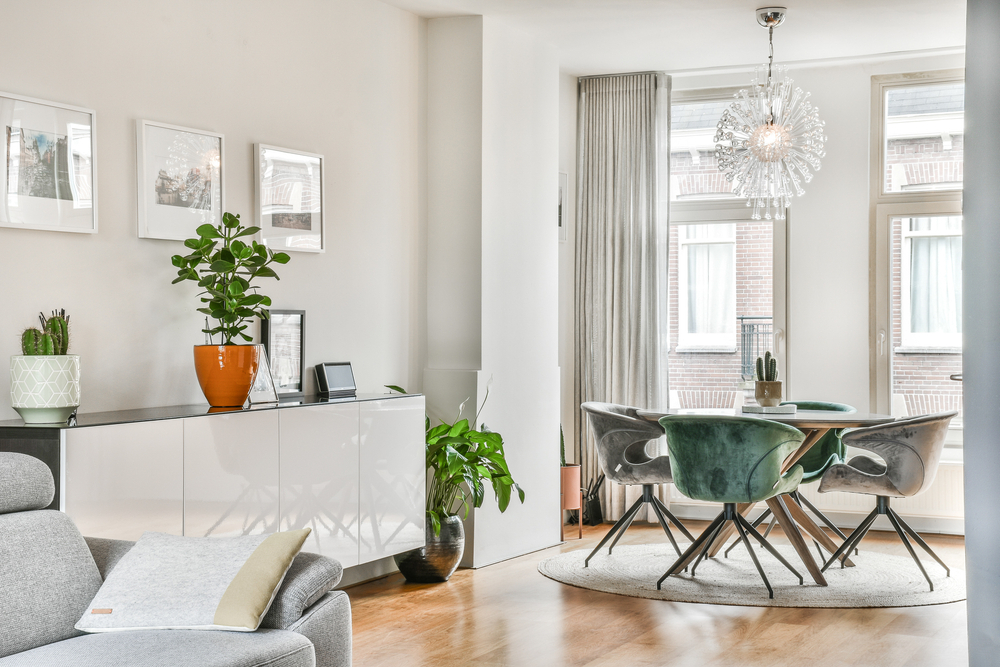The air quality inside your home is just as important as the air quality outside. In fact, in some cases, it can be even more important since you spend so much time indoors. Unfortunately, many people don’t realize this and don’t take the necessary steps to improve their indoor air quality. In this blog post, we will discuss 6 tips to improve your indoor air quality.
Health Concerns of Bad Indoor Air Quality
The EPA lists several health concerns that are associated with poor indoor air quality, including:
- Respiratory illnesses
- Cardiovascular disease cancer
- Eye, nose, and throat irritation
- Headaches
- Fatigue
- Dizziness
Common Causes of Bad Indoor Air Quality
Many different factors can contribute to poor indoor air quality. Some of the most common include:
- Poor ventilation
- Chemicals off-gassing from furniture, paint, carpets, etc.
- Dust mites
- Mold and mildew
- Pet dander
- Cigarette smoke
6 Tips to Improve Your Indoor Air Quality
Improving your indoor air quality can have a major impact on your health. Try these six tips to breathe easier and enjoy better overall health.
Vacuum Regularly
One best way to improve indoor air quality is to vacuum regularly and dust with a damp cloth. It will help to remove any allergens that may be present in your home. It is also important to keep pet dander under control by vacuuming often and keeping pets out of bedrooms or off furniture. If you have allergies, using an air purifier in your home may also be helpful.
Use Natural Cleaning Products
Be sure to use natural cleaning products instead of harsh chemicals when cleaning your home. It will help to improve your indoor air quality by reducing the number of harmful chemicals in the air.
Open Your Windows
Opening your windows is a great way to let fresh air into your home and improve indoor air quality. Be sure to open them up for at least 30 minutes daily to allow the fresh air to circulate.
Actively Avoid Humidity
High humidity levels can lead to the growth of mold and mildew in your home. These can cause various respiratory problems, so it is important to keep humidity levels under control. It can be done by using a dehumidifier or opening windows to let fresh air into your home.
Choose Non-Toxic Furniture and Paint
When choosing furniture and paint for your home, select items that are low in volatile organic compounds (VOCs), these can be released into the air and contribute to poor indoor air quality.
Change Air Filters and Clean Air Vents and Ducts
One of the best ways to improve indoor air quality is to change your air filters and clean your air vents and ducts. It will help remove dust, pollen, and other allergens from the air.
Conclusion
While we can’t always control the quality of air outside, we can make a concerted effort to improve the indoor air quality in our homes and offices. By following these six tips, you can breathe a little easier and keep your family and coworkers healthy. With Comfort Pro Solution‘s all-natural home cleaning solution, you may schedule a regular cleaning service to suit your needs and avoid bringing any undesirable VOCs and chemicals into your house.


